5 Types of North American Squirrels
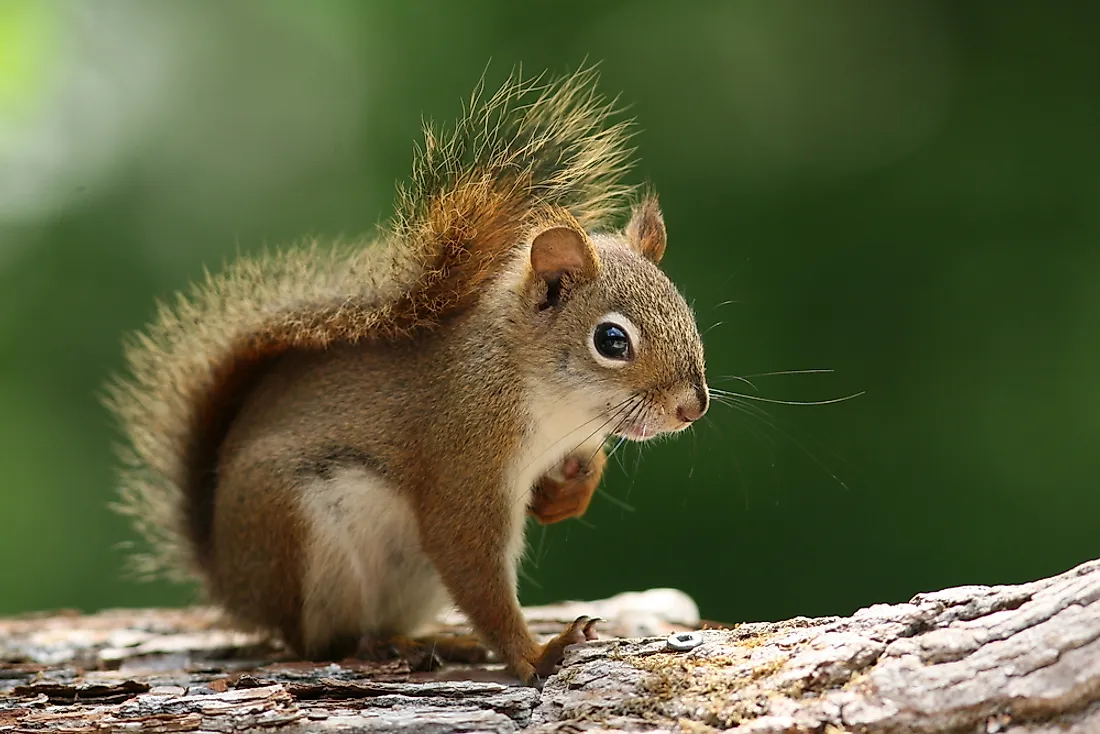
Squirrels belong to the family of Sciuridae, along with other members such as chipmunks, marmots, prairie dogs, and flying squirrels among many others. The squirrel is native to Americas, Africa, and Eurasia and they were introduced by humans to Australia. In North America, the squirrel is adapted to different habitats that range from coniferous forests to suburban areas. There are five types of squirrels within the region which are mostly tree squirrels. Though they exhibit some morphological differences, they share similar behavioral traits such as diet and feeding patterns, and reproduction trends. Squirrels are primarily herbivores feeding on vegetation matter, seeds, fruits, although they sometimes feed on small invertebrates, insects, bird eggs, and small snakes. Squirrels keep food caches for future use when food is scarce. Most squirrels reach sexual maturity between 11 months to two years and produce one litter annually. Young squirrels are born blind and furless.
5. American red squirrel
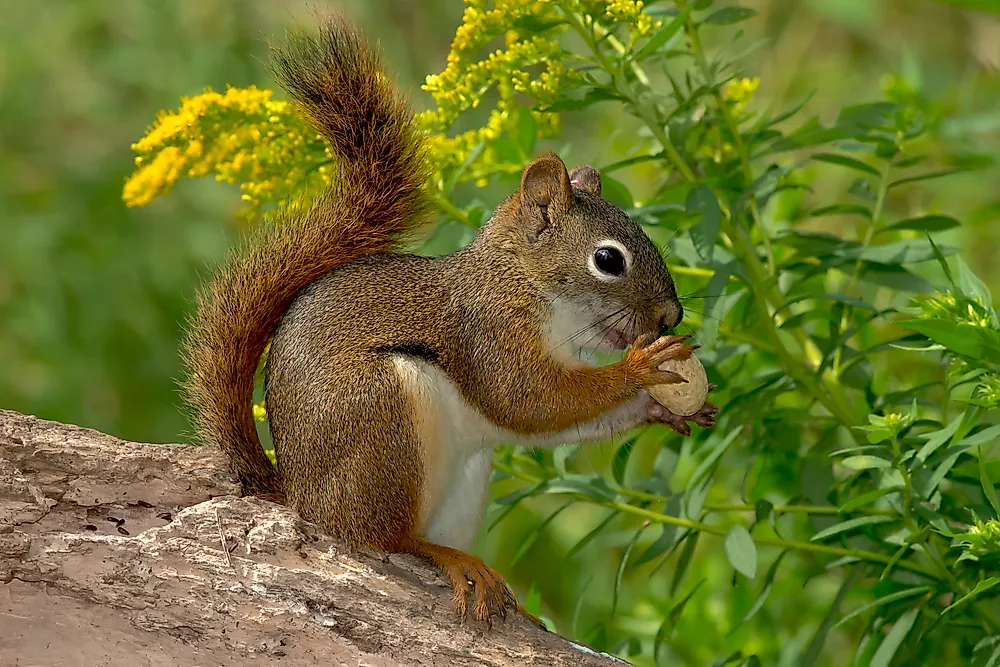
The American red squirrel (Tamiasciurus hudsonicus) is a tree squirrel found in areas with coniferous trees. Their main diet consists of conifer cone seeds. As it name would suggest, the American red squirrel is distinguished by its reddish fur. It has a relatively smaller size and weighs between 200 and 250 g. Since the squirrel has a large population in Canada, Alaska, British Columbia, and the Rocky Mountains, the species has been classified as a least concern species. However, the squirrel’s population is under threat of decline in Arizona.
4. Fox squirrel
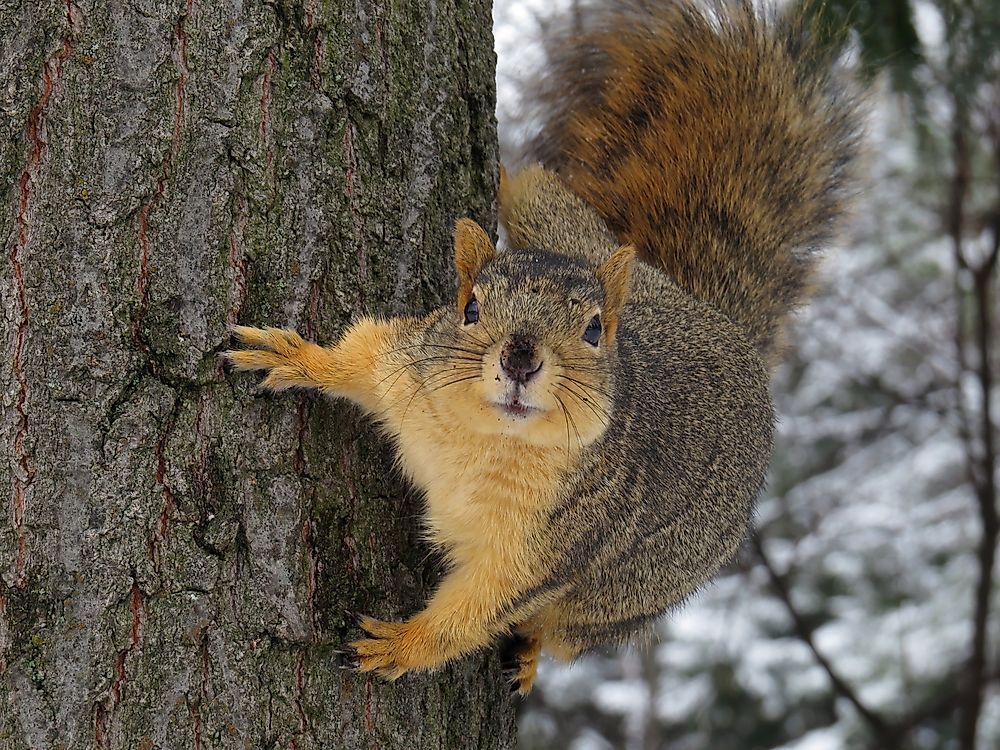
The fox squirrel (Sciurus niger) is a large tree squirrel with a body length of 17.7-27.6 inches and a weight of 500-1000 g. Fox squirrels have brown-grey, brown-yellow, or brown-orange fur on their upper body depending on their geographical location. The North American native occupies areas such as Canada, the Dakotas, Texas, and Colorado preferring mainly open areas with some trees especially oak, walnut, hickory, and pine.
3. Black squirrel
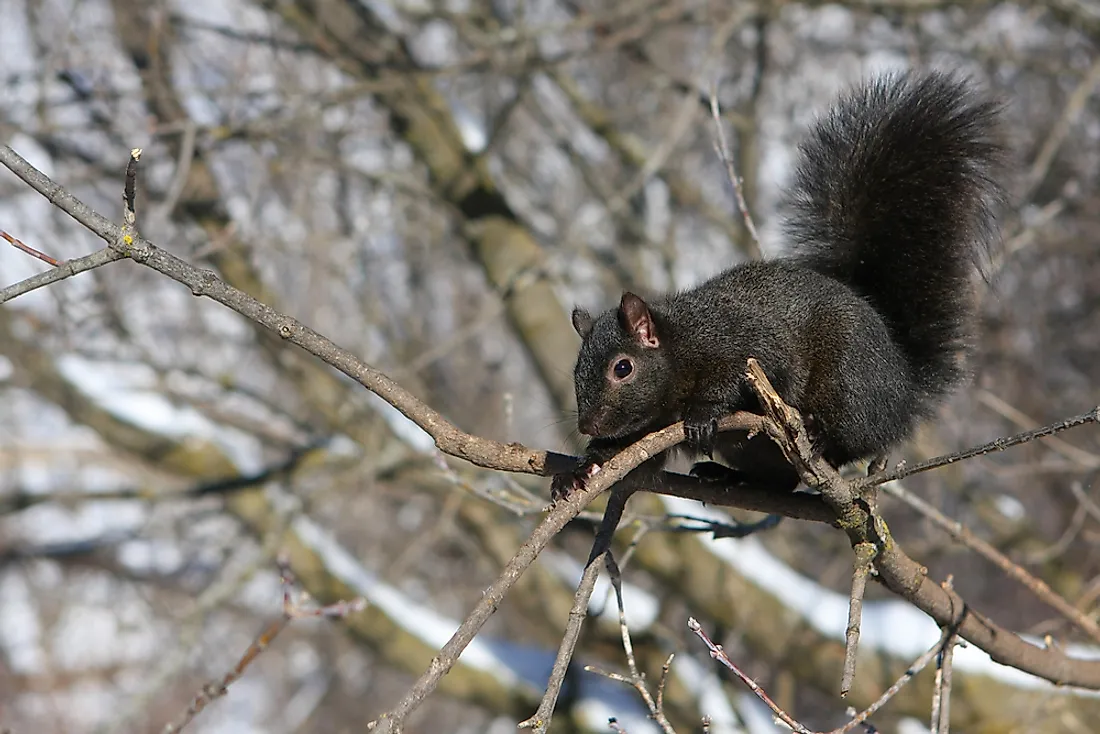
The black squirrel (Sciurus carolinensis) is named for its black fur which occurs due to a genetic mutation of white blood cells. The squirrel prefers dark poorly lit forest areas for camouflage. The black squirrel is found in most areas where there are gray squirrel populations and co-exist in peaceful relations but are hostile to other squirrels. Probably to its genetic mutation, the black squirrel is more adaptable to cold areas as its fur can retain more heat. Among humans, the black squirrel is admired due to its rarity and unique colouration and has been introduced in most areas of North America or reared in captivity in parks.
2. Eastern gray squirrel
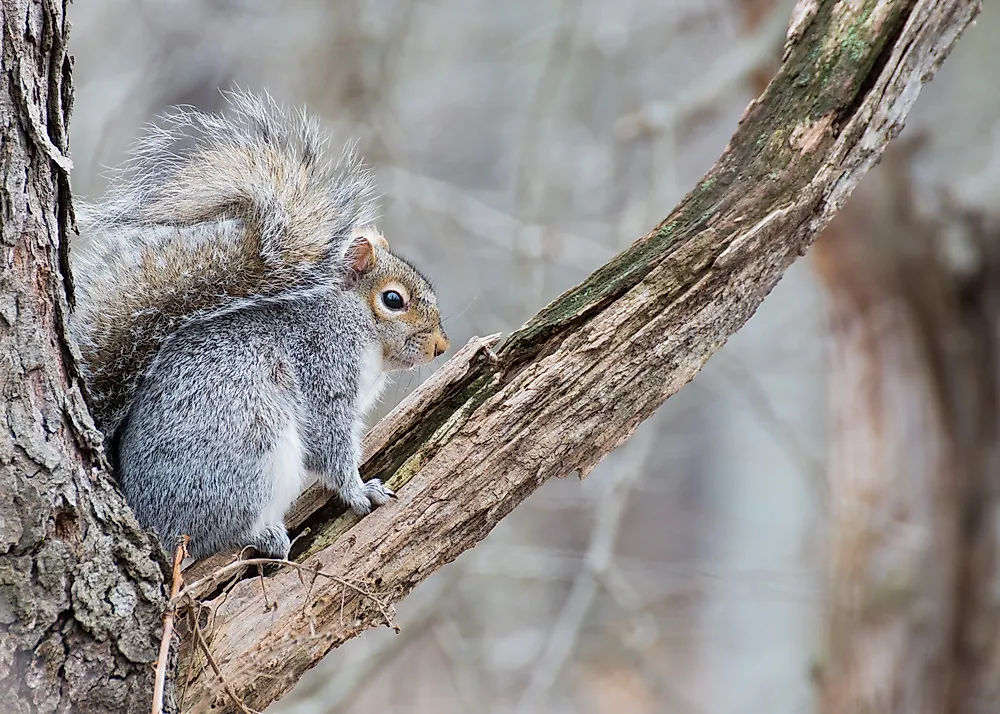
The tree squirrel is native to North America and is easily identified from its gray fur. The squirrel has a body length of 23-30cm and a tail length of 19-25cm. The eastern gray squirrel can descend a tree head-first by rotating its hind ankle at an angle of 180 degrees. The eastern gray species has been cited as a threat to the fox, and red squirrels exist harmoniously with the black squirrel. The squirrel prefers areas of large forest cover with dense vegetation undergrowth.
1. Western gray squirrel
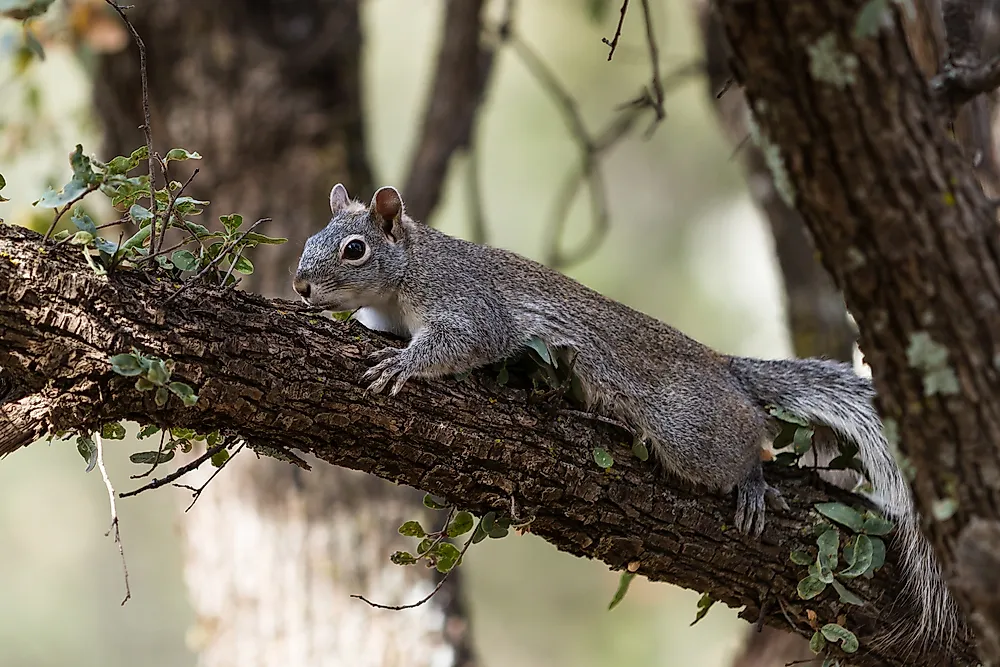
The western gray squirrel (Sciurus griseus) is an arboreal rodent found in the western areas of the US and is considered to be more shy than the eastern gray squirrel. They are the largest trees squirrels native to North America with a body-tail length of 50 cm and weight up to 1kg. The diurnal and arboreal squirrel prefers spending most of its time on trees only coming to the ground to forage. The species is threatened by habitat loss and degradation both due to human and non-human factors.











